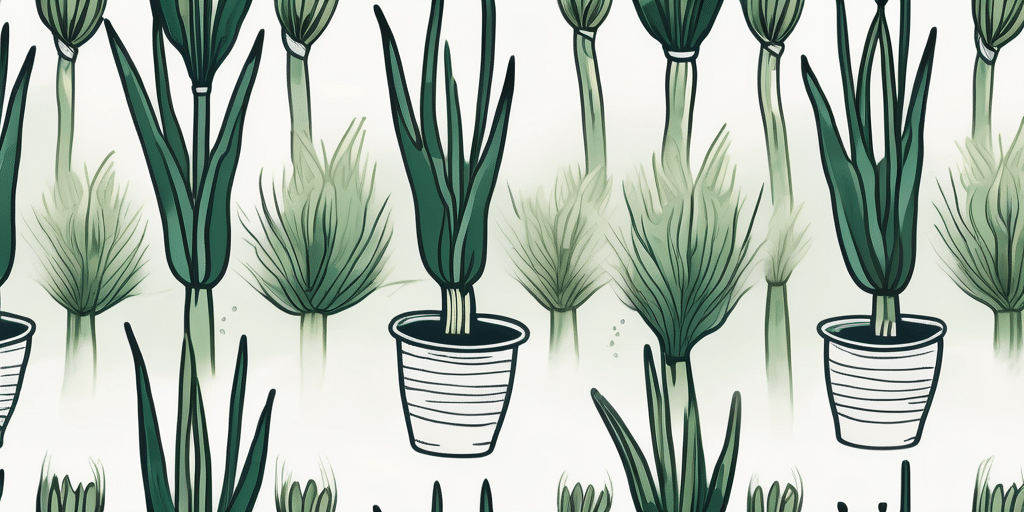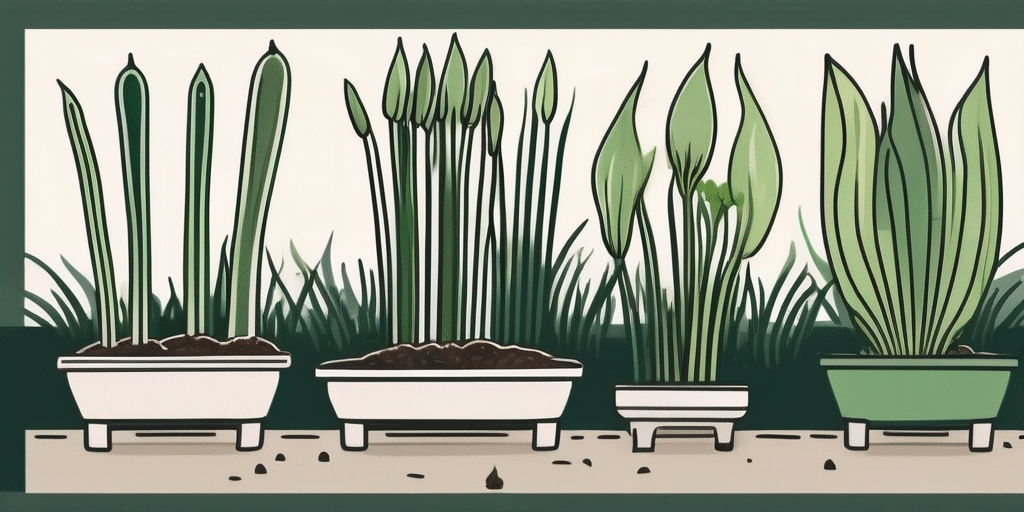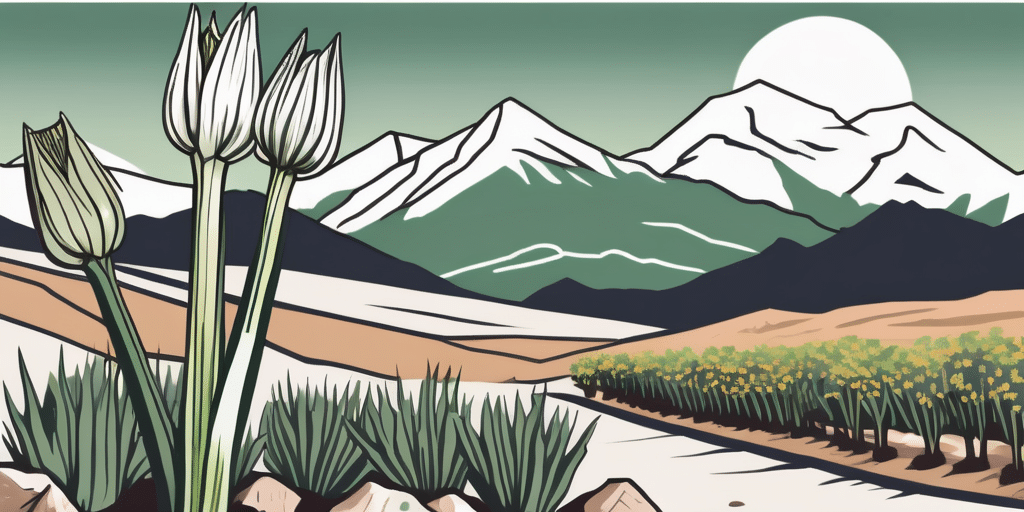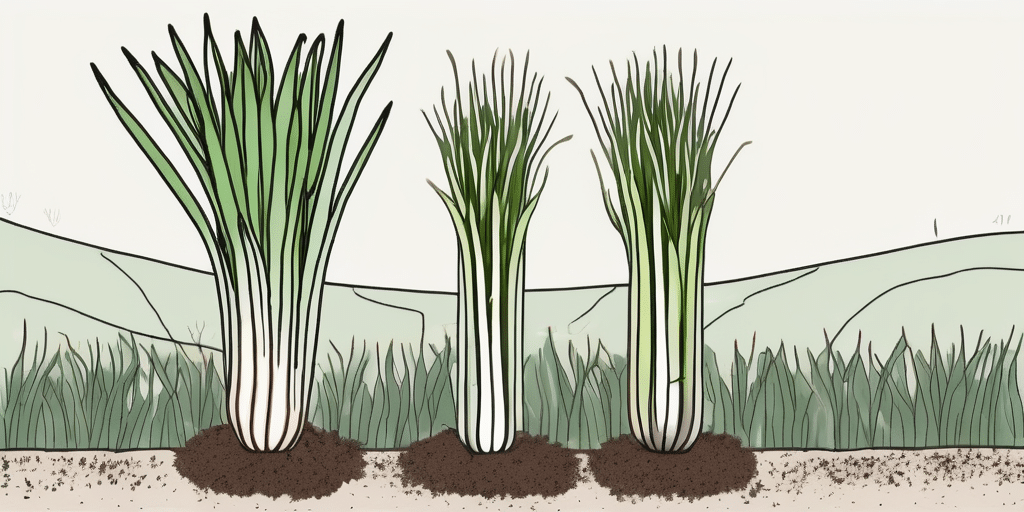If you’re a gardener in Colorado looking to grow leeks, you might be wondering when is the best time to plant them and how to ensure a successful harvest. Leeks are delicious and versatile vegetables that can thrive in a variety of climates, including Colorado’s temperate zone. In this article, we will explore the ins and outs of growing leeks in Colorado, including the best varieties to choose, climate considerations, planting and harvesting timelines, and answers to common questions. So let’s dig in and get our hands dirty!
Best Leek Varieties for Colorado
Before you start planting, it’s essential to choose the right leek variety for your Colorado garden. Some leek varieties are better suited to the unique climate and growing conditions in Colorado. Here are a few tried-and-true varieties that have performed well:
- Blue Solaise: This open-pollinated variety is known for its hardiness and cold tolerance, making it an excellent choice for Colorado.
- Lancelot: Lancelot is a popular hybrid leek with a long, thick, and flavorful white shaft. It can withstand cooler temperatures and is highly resistant to bolting.
- Tadorna: Tadorna is another hybrid variety with good cold tolerance and consistent growth. It has a mild flavor and reliable performance.
These varieties have proven to be reliable performers in Colorado’s growing conditions, but don’t be afraid to experiment with other varieties and find your favorites!
When selecting leek varieties for your Colorado garden, consider not only the climate but also the soil conditions. Leeks thrive in well-drained, fertile soil with a pH level between 6.0 and 7.0. Adding compost or well-rotted manure to the soil before planting can provide the necessary nutrients for healthy leek growth.
Additionally, leeks are a versatile vegetable that can be used in a variety of dishes, from soups and stews to stir-fries and salads. Their mild onion-like flavor adds depth to recipes without overpowering other ingredients. Harvesting leeks when they reach a desirable size, typically around 1 to 2 inches in diameter, ensures optimal taste and texture.
Climate & Hardiness Zones in Colorado
Colorado’s diverse geography and elevation differences create various microclimates throughout the state. Understanding your specific hardiness zone and the climate conditions in your area is crucial for successful leek cultivation. The USDA hardiness zones in Colorado range from Zone 2 to Zone 7.
Colorado, known for its stunning Rocky Mountains and high plains, offers a unique challenge for gardeners due to its varying climate conditions. The eastern plains experience a semi-arid climate with hot summers and cold winters, while the western slope enjoys a more arid climate with milder temperatures. The mountainous regions, on the other hand, can see drastic temperature changes within a single day, making it essential for gardeners to be mindful of microclimates within their own yards.
Here are some general guidelines for Colorado’s climate and leek cultivation:
- Temperatures: Colorado experiences significant temperature fluctuations, especially in the higher elevations. Leeks prefer cool weather and can tolerate light frosts, but extreme heat may cause them to bolt. It’s important to monitor the temperature in your specific area and provide shade during heatwaves to protect your leeks.
- Sunlight: Leeks require full sun exposure for at least six hours a day. If you have a shaded garden, choose a spot that receives the maximum amount of sunlight. Consider planting taller crops to the north of your leeks to prevent shading during the day.
- Soil: Colorado’s soil can vary widely, but leeks thrive in well-draining soil with good organic matter content. Consider amending the soil with compost or aged manure to improve its fertility and structure. Raised beds can also be beneficial in areas with heavy clay soil to ensure proper drainage.
- Watering: Leeks need consistent moisture to grow properly. Colorado’s dry climate may require more frequent watering, especially during hot and dry spells. Mulching can help retain moisture and regulate soil temperature. Drip irrigation systems or soaker hoses can be efficient ways to ensure your leeks receive adequate water without wastage.
By understanding your local climate and adapting your gardening practices accordingly, you can give your leeks the best chance of success. Experimenting with different planting times and locations within your garden can help you determine the optimal conditions for growing healthy and flavorful leeks in the beautiful state of Colorado.
When to Plant Leeks in Colorado
Timing is crucial when it comes to planting leeks in Colorado. The goal is to provide enough growing time to develop robust plants while avoiding extreme weather conditions. Here are some guidelines for when to plant leeks:
- Start Indoors: To get a head start, sow leek seeds indoors in late winter or early spring, about 8-12 weeks before the last expected frost date. Use seed trays or pots filled with a high-quality seed starting mix.
- Transplant Outdoors: Once the danger of frost has passed and the soil temperature reaches around 50°F (10°C), it’s time to transplant your leek seedlings into the garden. This usually falls between mid to late spring in Colorado.
- Planting Method: Dig shallow trenches about 6 inches deep and 6 inches apart. Place the leek seedlings into the trenches, spacing them at least 4 inches apart. Fill the trenches with soil, covering the stems partially.
- Hilling: As your leeks grow, gradually mound soil around the stems to blanch them. This helps prevent green discoloration and enhances the flavor.
Remember to keep an eye on the weather and protect your leek seedlings from unexpected frosts by using row covers or other protective measures.
When to Harvest or Pick Leeks in Colorado
Patience is key when it comes to harvesting leeks. Although they can be harvested at any time during their growth cycle, waiting until they reach maturity will ensure the best flavor and size. Here is a general timeline for harvesting leeks:
- Early Harvest: If you can’t resist the temptation, you can start harvesting small leeks when they are about 1 inch in diameter and 6-8 inches tall. These young leeks are tender and can be used in soups, stir-fries, or as a garnish.
- Full Maturity: For larger leeks with a robust flavor, let them grow for 90-120 days after transplanting. The ideal size for mature leeks is around 1.5-2 inches in diameter and 12-18 inches tall.
- Harvesting Technique: To harvest leeks, carefully loosen the soil around the base of the plant. Gently grasp the leek, near the base, and pull it upwards while wiggling it to release the roots.
Harvested leeks can be stored in the refrigerator for several weeks. Remember to remove the outer layers before using them to eliminate any dirt or debris that may have collected.
Frequently Asked Questions
Here are some common questions about growing leeks in Colorado:
Q: Can leeks tolerate the winter in Colorado?
A: With proper mulching and protection, leeks can survive mild winters in Colorado. Consider using row covers or straw mulch to shield them from harsh winter conditions.
Q: How do I care for leeks during the growing season?
A: Leeks require consistent moisture throughout the growing season. Regularly water them, especially during dry spells, and keep the soil evenly moist. Remove any competing weeds to prevent stunted growth.
Q: Can I grow leeks in containers?
A: Yes, leeks can be successfully grown in containers. Choose deep pots or containers to provide enough room for their long roots to develop. Ensure proper drainage and use a well-draining potting mix.
Q: Do leeks require fertilizer?
A: Leeks are relatively light feeders. Incorporate well-rotted compost or a balanced organic fertilizer into the soil before planting. Avoid excessive use of nitrogen-rich fertilizers, as this may promote leafy growth at the expense of bulb development.
There you have it – a comprehensive guide to growing leeks in Colorado. By following these tips and considering Colorado’s unique climate and growing conditions, you’ll be on your way to enjoying a bountiful harvest of delicious leeks. Happy gardening!
Join Our Gardening Community
Ready to take your Colorado leek-growing journey to the next level? Subscribe for free to How to Grow Everything and learn how to build the garden of your dreams! Receive personalized gardening advice tailored to your location, grow zone, and experience level. Enjoy the best gardening tips, special offers, and insights delivered straight to your inbox – with no spam, just valuable information from our family to yours. Join thousands of others benefiting from our extensive collection of free growing and gardening articles. Start growing your knowledge today!






